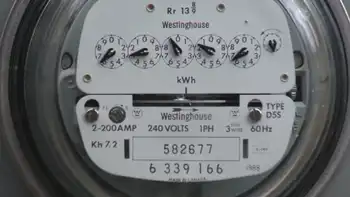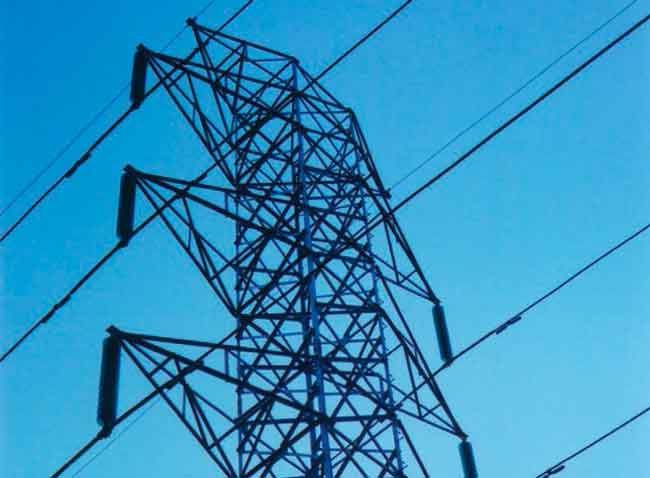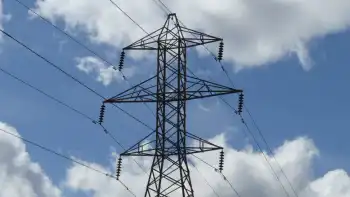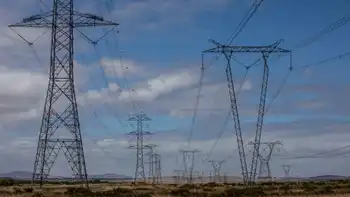GE invests over $2 billion in China
By Associated Press
CSA Z463 Electrical Maintenance
Our customized live online or in‑person group training can be delivered to your staff at your location.

- Live Online
- 6 hours Instructor-led
- Group Training Available
GE said that it will likely spend $500 million on research and development and new customer innovation centers in China, adding more than 1,000 new jobs. More than $1.5 billion is expected to be put toward new joint ventures with Chinese state-owned enterprises in high-technology sectors.
The news comes a day after GE named John Rice head of global operations. In that role, Rice will concentrate on growth in markets including China, India, the Middle East and Brazil. It also comes after GE emerged as a big winner from President Barack Obama's trip to India, as the company signed multiple deals in that market.
GE sees huge potential in both India and China. China's rapid growth over the past 10 years has left it grappling to find enough energy to support its companies and residents, which GE plans to service. A partnership with State Grid Corp. of China, a power distributor and one of the world's biggest utilities, will help provide more access to the region.
"China is one of the world's fastest growing areas with a tremendous need for infrastructure," Dan Heintzelman, president and CEO of GE Energy Services, said in a statement.
GE, which began business in China in 1906, is looking to keep pace with China's migration from a rural to an urban society. Heintzelman notes that the country is likely to be predominantly urban by 2020, and will need to make big changes to its electric distribution.
Chairman and CEO Jeff Immelt added in a statement that China is the world's fastest-growing market for aviation, energy, transportation, health care and financial services.
The company, based in Fairfield, Conn., has 36 wholly owned entities and joint ventures in China in manufacturing, service and research and development. It has 14,000 workers in China.
GE said the new customer innovation centers, which will be built in six cities, will be used to better serve the west, north, central and south China markets. Among the cities being considered for centers include Chengdu, Shenyang and Xian. The new facilities will work closely with existing research and development operations in Shanghai, Beijing and Wuxi.
The centers will concentrate on product development, engineering, sourcing support and delivery in areas such as rural health care, renewable and clean energy, energy-efficient lighting, rail and aviation.
To accomplish its work in these areas, GE is teaming with Chinese businesses. In addition to the partnership with State Grid, GE agreed to start a joint venture with Beijing National Railway Research & Design Institute of Signal & Communication to supply railway and urban transit signaling systems.
GE is looking to form a joint venture with Chengdu Locomotive & Rolling Stock Works, a company owned by China South Locomotive and Rolling Stock Corp., to create systems and parts for diesel locomotives. It also is involved in a joint acquisition with State Grid-owned Shanghai Electric Power Co. for a controlling interest in Shanghai Tianling Switchgear Co., a Shanghai-based maker of green power distribution equipment.
"These commitments represent GE's confidence in China's long-term economic prospects," Mark Norbom, president and CEO of GE Greater China, said in a statement.
The deals come on top of those signed in India. Immelt traveled to India this past weekend with Obama and other executives looking to drum up business for U.S. companies.
GE was selected to provide the 107 F414 engines for Tejas light combat aircraft, in a transaction tentatively valued at $822 million. GE Transportation was chosen as one of two bidders to make 1,000 diesel locomotives over the next decade, in a deal that could be worth over $1 billion. And GE also signed a $750 million turbine deal.











